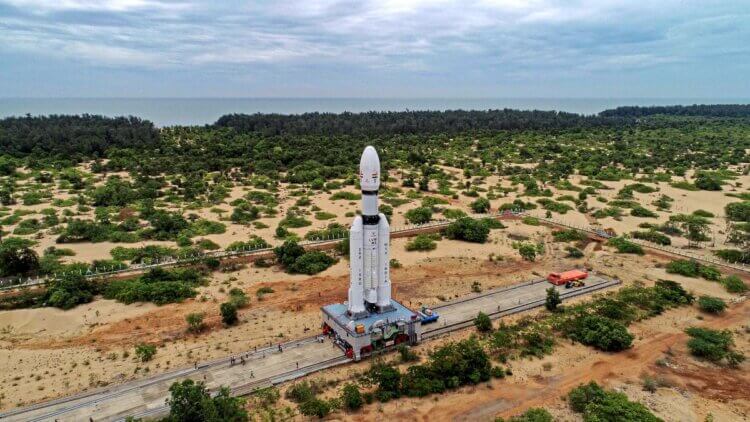The Indian Space Research Organization (Isro) has stated that the Chandrayaan-3 mission to the Moon would launch on July 14.
After moving the spacecraft encapsulated aboard the rocket to the launchpad, Isro announced that the spacecraft will lift off from the Satish Dhawan Space Centre in Sriharikota at 2:35 p.m.
Chandrayaan-3 is the third mission in the Chandrayaan series and India’s second attempt at a soft landing on the Moon’s surface. Only three countries have successfully landed spacecraft on the airless moon.
The spaceship will travel to the Moon for roughly two months, equipped with a lander and a rover. Before beginning the landing approach, it will be inserted into lunar orbit.
Chandrayaan-3 is made up of an indigenous lander module (LM), a propulsion module (PM), and a rover with the goal of developing and testing new technologies needed for interplanetary missions.
The Indian space agency has confirmed that the lander is capable of gently landing at a chosen lunar spot and deploying the rover. During its mobility, the rover will then conduct in-situ chemical examination of the lunar surface.
Soft-landing on moon on Aug. 23 or 24
Mr. Somnath said that if the launch takes place as scheduled on July 14 the landing on the lunar surface would take place in the last week of August.
“If the launch takes place on that day then we will be ready for landing on the moon possibly by the last week of August. The date (landing date) is decided when there is sunrise on the moon. When we are landing, sunlight must be there. So the landing will be on August 23 or 24,” Mr. Somnath said.
Mr. Somnath said that if the landing does not take place as planned on August 23 or 24, then ISRO will wait for another month to make a landing attempt in September.
“The lander and the rover will stay on the moon for 14 days until sunlight is there. When there is no sunlight, a small solar panel which is on the rover will generate power to charge the battery for the next 14 days until light comes. The temperature there goes down to minus 40 degrees and in such an environment there is no guarantee that the battery and electronics will survive but we did some tests and we get the feeling that it will survive even in such harsh conditions,” Mr. Somnath said.
Source:BS







 Finance
Finance







